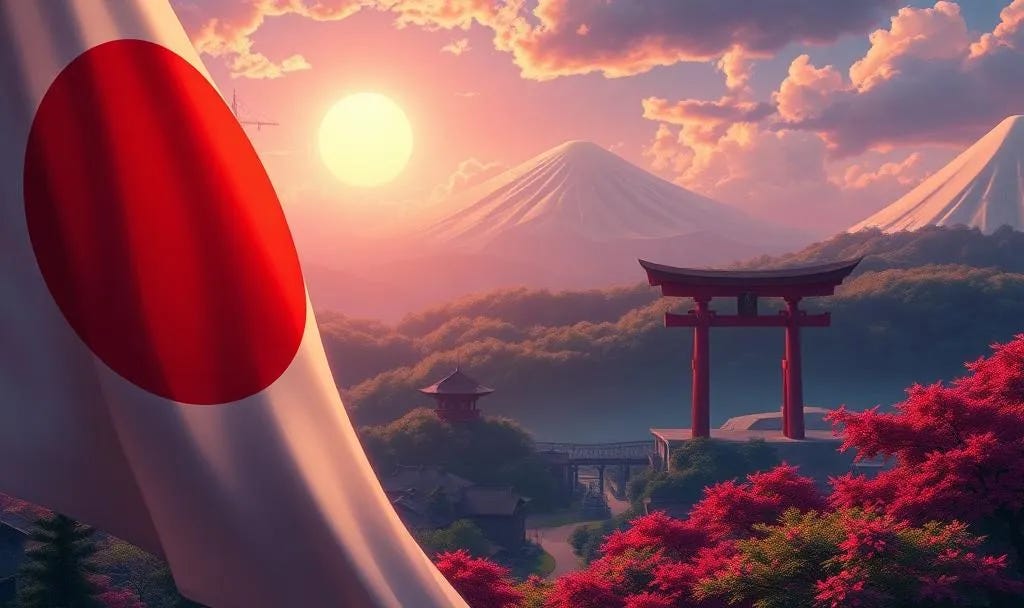Understanding the Japanese Afterlife
The Western concept of the afterlife is simple: the good go to Heaven, the evil go to Hell. In Japan, it’s a little more complicated. The main religions, Buddhism and Shinto, though tightly integrated, are not one and the same. They are separate practices, with principles unique to themselves, and diverge greatly on theories of the hereafter.
Shinto (神道), or Way of the Gods, is the native philosophy of Japan. Its focus is not so much on moral and ethics, but on life, purity, and nature (see Understanding Kami for more details). Death, being the opposite of life, is seen as impure and therefore viewed as bad.
In ancient times, death was feared for its pollution and negative energy so much that, each time an emperor passed away, the capital would be moved. But that’s about where it stops in true Shinto practice. Death is a stain on life, but where one goes or what happens in/after death is spared no regard.
Yet, interestingly enough, despite the fact that there is no concept of an afterlife, a reference, nonetheless, is made to an afterlife in Shinto Thought. Though Shinto provides no doctrines to follow, unlike other world religions, there exists literature called the Kojiki. This written prose chronicles the mythical beginnings of Japan, and, at one point, describes a Land of the Dead: Yomi no Kuni.
Yomi is a realm of filth and darkness and offers nothing more than a place for the dead soul to reside. Good, evil, indifferent, everyone ends up in Yomi after death. In Western terms, it’s more akin to the Ancient Greek concept of Hades more so than Biblical terms of Hell.
Given the elusiveness of Yomi no Kuni, scholars have suggested that the original author made up the Land of the Dead purely as a means to an end to progress the plot.
Buddhism follows more closely with Western principles in that good people go to a form of paradise called Tengoku (天国, literally heaven’s country) and evil doers are tortured in Jigoku (地獄, literally earth prison).
Souls spend about a week on seven different trials and face a final judgement by Lord Enma on the forty-ninth (49) day who determines their fate. If the deceased is deemed worthy, s/he will be sent to Tengoku. Villains will be sent to the appropriate placement in Jigoku to carry out their punishment.
Once the sins are paid and karma cleansed, the souls will be reincarnated. The deceased may also petition for retrials at certain times after their passing to reduce their sentence in Jigoku.
In Japan, Buddhism is the postulate for the afterlife. The Land of Yomi may appear in manga and anime, but is not specifically something the Japanese believe in. As the saying goes: “one is born Shinto and dies Buddhist,” for that is what the nucleus is in each respective Thought. Shinto is life and has no true cause for an afterlife. While Buddhism prepares one for death. It is this compliment that allows the two philosophies to harmonize within the Japanese culture, despite any contradiction.
For more on how Yomi and Jigoku work together, check out Hoozuki no Reitetsu, specifically, the anime season II, episode 1 (or overall episode 14). The story explores the inner workings and backroom activities of the Corporation of Jigoku through humor and parody.
I recommend the series for pleasure viewing as well, though the stories will be better appreciated by those more knowledgeable with Japan.




